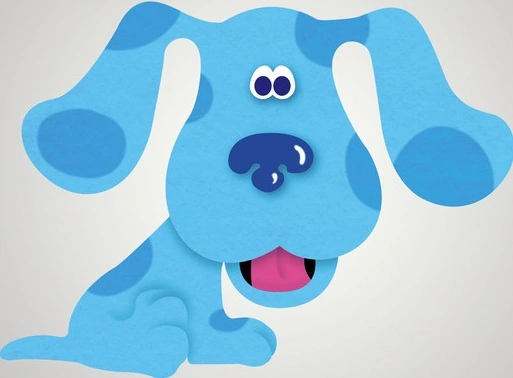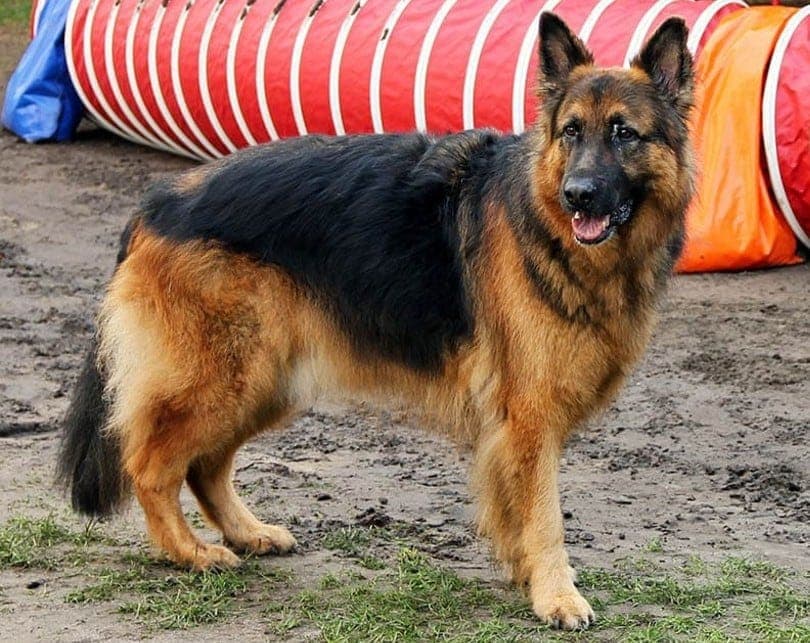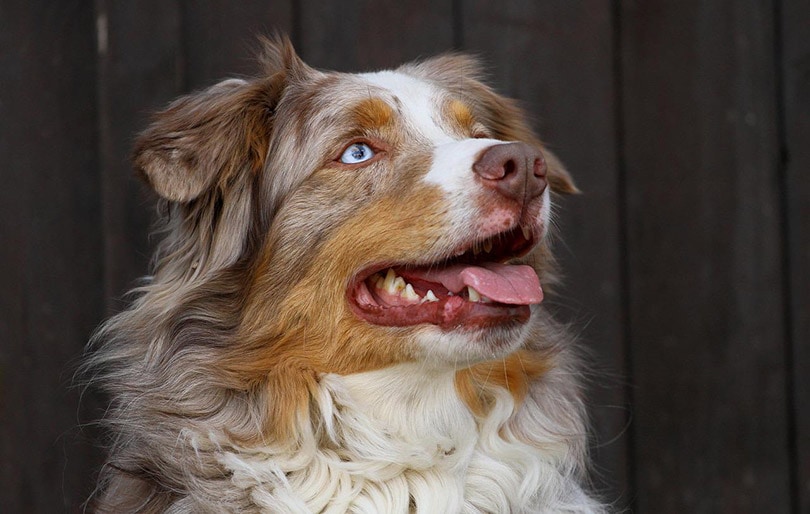Do Dogs Like Baby Talk? What the Science Says

Updated on
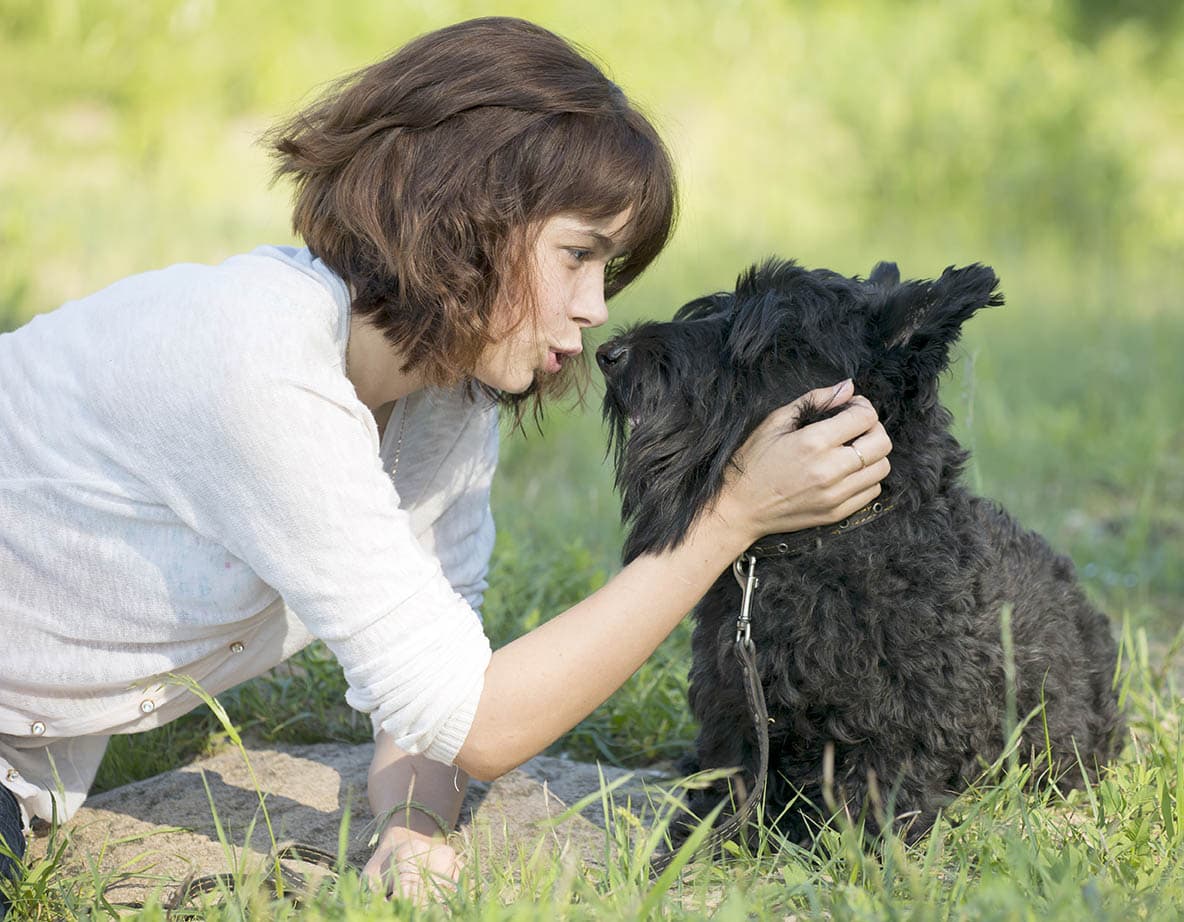
Dogs have been man’s best friend for centuries and there is no denying that they offer a lot of love. They provide companionship, protect us from danger, help us hunt and gather food, and are great stress reliefs. With all they do for us, no wonder we love to shower them with praise.
Dogs seem to love to listen to human voices, especially when the voice is speaking in a comforting or positive manner. A soothing voice often leads to a wagging tail! According to some dog owners, their dogs seem to respond most positively when they hear baby talk. Let’s look into the surprising science around this question!
Baby Talk: What is It?
Baby talk is a form of speech used when talking to young children. It typically includes simplified vocabulary and shorter sentences and is often accompanied by exaggerated facial expressions and hand gestures. Baby talk is thought to help children learn to speak more quickly and easily, better understand language, and it helps to build rapport.
Baby talk is characterized by its simplified grammar, high-pitched vocal tone, and use of diminutive forms (e.g., “baby” instead of “child,” “doggie” instead of “dog”). The scientific term for baby talk is “infant-directed speech.”
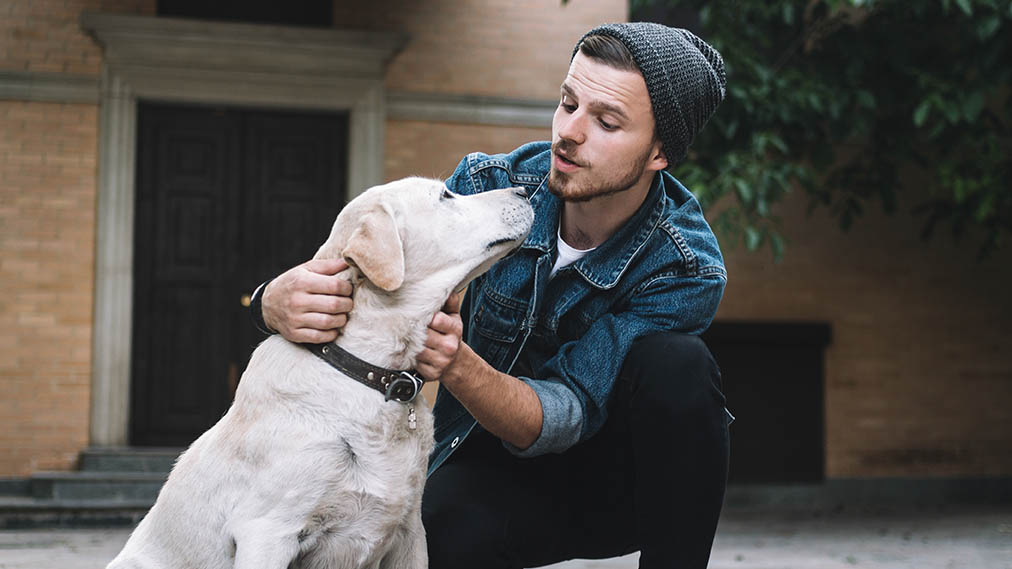
Do Dogs Respond Better to Baby Talk?
In a recent study published in Animal Cognition, it was found that dogs respond well to baby talk. Two types of speech were tested on dogs by researchers at the University of York in the United Kingdom. There were two types of tone: a normal, conversational tone—the type of speech used when one adult speaks to another adult on a normal, human topic. The second was what researchers called “dog-directed speech,” which is similar to infant-directed speech. Dog-directed speech uses an exaggerated tone of voice when talking about dog-related subjects, such as snacks and walkies.
What Did Scientists Do to Figure this Out?
Participants sat with speakers in their laps, playing recordings of their own voices. These recordings were used to ensure that the test speech was the same every time. The researchers brought a leashed dog into the room and measured how long the dog spent looking at each person during the speech.
Following the recording, the dog was let off their leash and the time spent with each person who was recorded. Scientists found that dogs spend more time looking at the person with the baby talk recording, as well as spending more time sitting with that person after the recording was finished.
Do Dogs Understand Language?
There is no definitive answer to this question as it depends on the dog’s level of intelligence, exposure to language, and training. However, research has shown that dogs can understand anywhere from about 165 to 250 words, depending on the breed and individual dog. Dogs are capable of understanding basic commands such as “sit,” “stay,” “come,” and “fetch,” and they can also learn more complicated commands with proper training.
This number may seem small in comparison to the average human’s vocabulary of approximately 20,000 words, but it is important to remember that dogs rely more on the tone of voice and body language than words to understand their owners.
Do Dogs Prefer High Pitched Speech?
The study of how animals perceive and process speech is an ongoing area of research. While there is no clear consensus, some studies suggest that dogs may prefer high-pitched speech patterns. This preference may be due to the fact that high-pitched sounds are often associated with smaller or more vulnerable creatures, which dogs may perceive as being less threatening.
Were Dogs Just Reacting to the Words Used?
Scientists also played recordings with mismatched content and intonation in order to determine whether the study dogs were just getting excited by words they knew. They heard phrases like “I went to the cinema last night,” said in dog-directed speech, or “Oh, you’re such a good dog, do you want to go for a walk?” said in adult-directed speech.
The dogs did not show a preference for either type of mismatched speech. This indicates that the results of the first experiment weren’t simply because of the use of familiar words or tone. It was the combination of the two that dogs responded to. Scientists believe that dogs probably use intonation to prompt them when to pay attention to our speech and then determine whether the words we are using relate to them or not.
Are Baby Talk and Dog-Directed Speech the Same?
According to previous studies, we don’t talk to dogs the way we talk to babies. The pitch and inflection of both kinds of speech are similar, but dog-directed speech lacks the long vowel sounds we use with babies. Therefore, rather than just being a strange habit, the way in which we speak to babies and animals is slightly different.
Do Puppies Prefer Baby Talk?
There has been some research that suggests that puppies prefer baby talk over regular adult speech. One study found that when people spoke to puppies in a high-pitched, exaggerated way, the puppies were more likely to look at them and approach them. It is possible that this is because baby talk is slower and higher-pitched than regular speech, which makes it easier for puppies to understand.
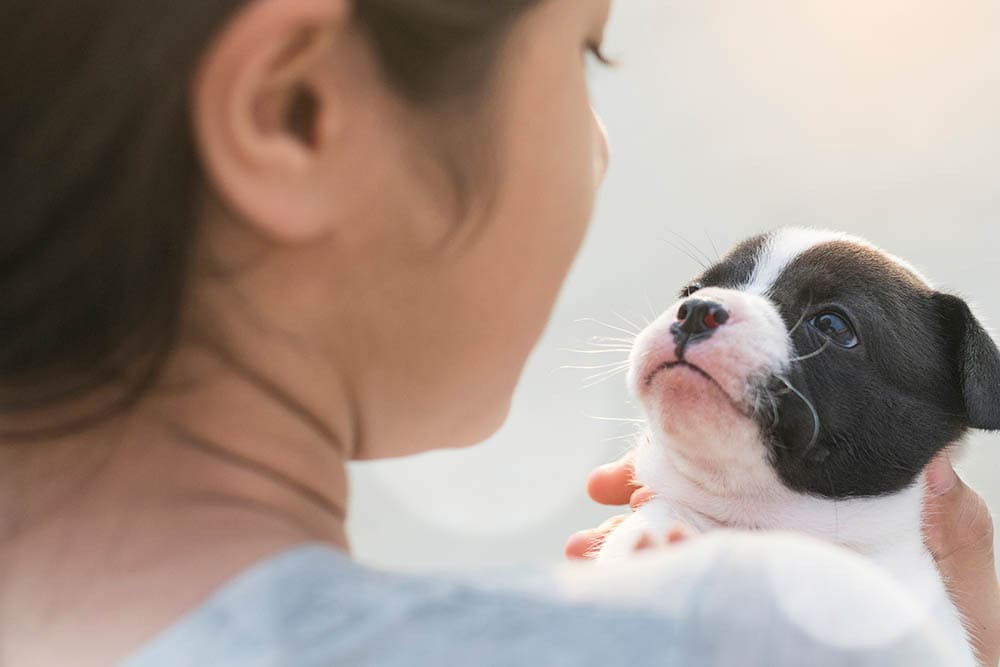
Baby Talk: Why Do Dogs Prefer It?
Further research is needed to determine whether this bias for baby talk is genetic or formed by experience. Dogs may respond to this form of communication more when you use it with them as a puppy. As a result, their positive response tends to make you use it more in the future. It makes sense that given their more limited abilities to comprehend language, dogs would prefer simpler, clearly enunciated English.
Should I Be Embarrassed About Using Baby Talk With My Dog?
There is no need to be embarrassed about using baby talk with your dog. It can actually be a fun and effective way to communicate with your pet. This type of communication can help dogs understand what we are trying to say to them more clearly. In addition, speaking in a baby voice can help strengthen the bond between pet and owner.
Conclusion
Dogs are very intelligent animals that can understand a lot of what we say to them. By taking the time to learn how to talk to your dog in a way that they will understand, you can create a stronger bond with your pet and help make training and obedience easier.
Using baby talk with your dog has a lot of advantages. Not only does it make communication easier and more fun, but it can also help strengthen the bond between you and your dog. Be sure to use positive reinforcement when training your dog, and always be consistent with your commands. By following these tips, you and your dog can have a long and happy relationship.
So, don’t be embarrassed to tell baby-kins that they are the bestest, smartest doggie in the whole world and it’s time for walkies!
See also:
- Do Dogs Like Sleeping With Their Owners or Alone? The Pros & Cons
- Do Dogs Like Hugs? How To Hug Them the Right Way
Featured Image Credit: Vikulin, Shutterstock



